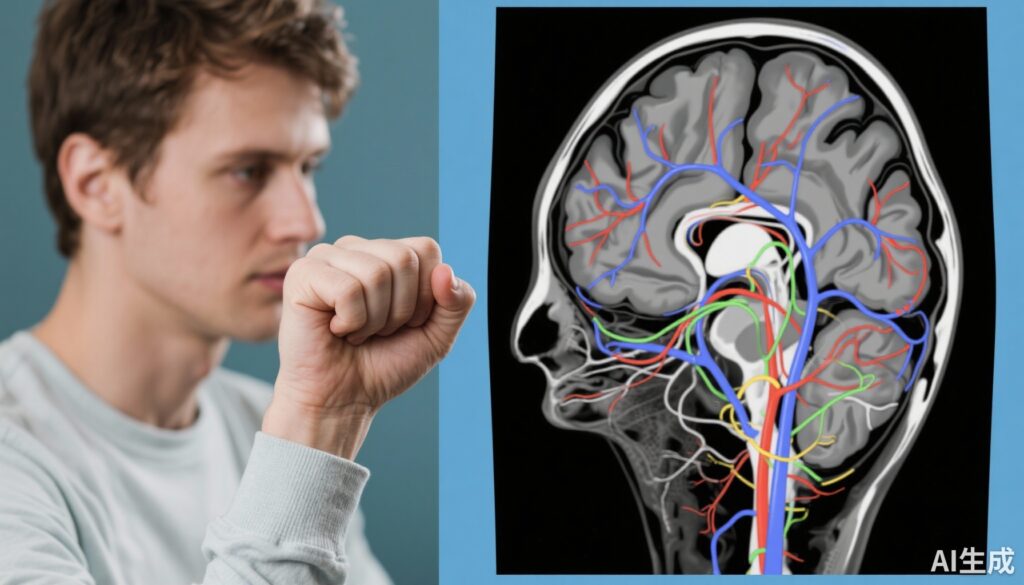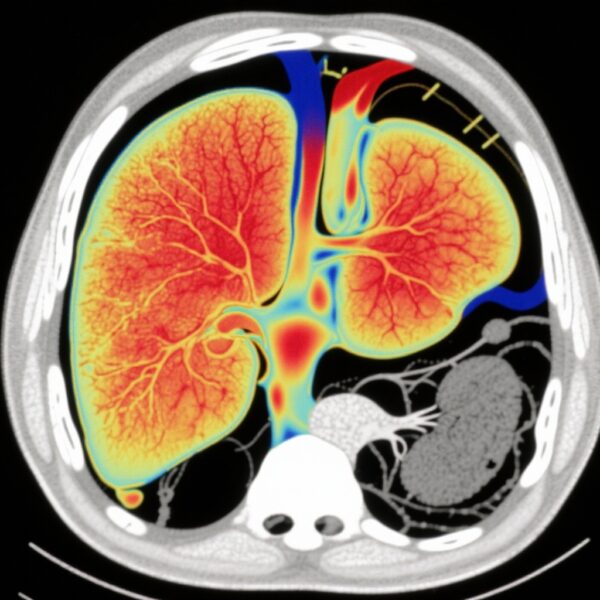Highlight
1. Early psychosis patients show reduced grip strength associated with impaired well-being and global functioning.
2. Multivariate analysis reveals grip strength correlates with resting-state connectivity in sensorimotor, anterior cingulate cortex, and cerebellar regions.
3. These regions exhibit connectivity to the default mode network (DMN), linking motor function to broader cognitive and affective networks.
4. The observed relationships are more pronounced in the psychosis group, highlighting grip strength as a potential biomarker of neural network integrity and overall health.
Study Background
Psychomotor abnormalities are recognized as important clinical features and prognostic markers in psychotic disorders such as schizophrenia and related early psychosis syndromes. Components of psychomotor function, including grip strength, not only reflect peripheral motor capacity but also serve as indicators of central nervous system integrity and general health status. Resting-state functional magnetic resonance imaging (fMRI) provides a non-invasive means to assess intrinsic brain network connectivity, with the default mode network (DMN) implicated in self-referential processing and well-being.
Despite known psychomotor deficits in psychosis, the neurobiological substrates linking motor measures like grip strength with brain network alterations and functional outcomes remain insufficiently clarified. This gap restricts leveraging simple clinical motor tests for insights into brain health and disease monitoring.
Study Design
This investigation utilized data from the Human Connectome Project for Early Psychosis, enrolling 89 individuals aged 16–35 with early psychosis and 51 age-matched healthy controls without psychiatric diagnoses. Resting-state fMRI and grip strength were measured alongside clinical assessments including the NIH Toolbox well-being measures and the Global Assessment of Functioning Scale (GAF).
The study applied multivariate pattern analysis on whole-brain connectomes to identify neural correlates of grip strength. Subsequent analyses explored overlaps with connectivity patterns related to well-being and GAF scores, focusing on brain regions implicated in sensorimotor processing and their integration with the DMN.
Key Findings
The early psychosis group displayed statistically significant reductions in grip strength, well-being scores, and global functioning (GAF) relative to controls, confirming notable motor and psychosocial impairments early in the illness course.
Critically, grip strength correlated with resting-state connectivity in distinct brain nodes: sensorimotor cortex, anterior cingulate cortex (ACC), and cerebellum. These regions also demonstrated connectivity to the default mode network (DMN), quantified by moderate correlation coefficients (rsensorimotor=0.22, rcingulate=0.30, rcerebellum=0.24).
Analyses extending to well-being and GAF revealed overlapping sensorimotor and cerebellar connections to the DMN associated with overall function and subjective well-being (e.g., r for sensorimotor with GAF=0.17 and with well-being=0.16; cerebellum with GAF=0.28 and well-being=0.16). The effect sizes indicate modest but meaningful relationships.
Notably, these associations were predominantly driven by data from the psychosis cohort, emphasizing altered cerebellar and cingulate connectivity as salient neural signatures correlating with grip strength and functional outcomes in early psychosis.
Expert Commentary
This study advances the understanding of psychomotor abnormalities in psychosis by linking a simple clinical measure—grip strength—with intrinsic brain network integrity assessed via resting-state connectivity. The involvement of DMN-related circuits in sensorimotor and cerebellar regions highlights the integrated nature of motor and cognitive-affective dysfunctions in psychosis.
Findings support the biological plausibility that grip strength reflects CNS health, possibly mediated by impaired coordination within large-scale brain networks underlying motor control and self-referential processing. Incorporation of grip strength in clinical evaluation could serve as a cost-efficient proxy for underlying neural disruptions and overall well-being.
Limitations include the cross-sectional design that precludes causal inference and the moderate correlation effect sizes necessitating further validation. Longitudinal studies are warranted to test whether grip strength and corresponding connectivity patterns predict clinical trajectories and treatment response.
Conclusion
This connectome-wide study identifies grip strength as a promising biomarker reflecting resting-state network alterations, particularly in the DMN, sensorimotor cortex, cerebellum, and anterior cingulate cortex in early psychosis. The relationship between grip strength, brain connectivity, and global function underscores its potential clinical utility for monitoring disease burden and guiding interventions aimed at improving physical health and well-being in psychotic disorders.
Funding and ClinicalTrials.gov
The study was supported by the Human Connectome Project for Early Psychosis consortium. Relevant clinical trial registrations or funding details were not specified in the referenced publication.
References
Ward HB, Beermann A, Manzanarez Felix K, Narisetti L, Lewandowski KE, Coleman M, Bouix S, Holt D, Öngür D, Breier A, Shenton ME, Brady RO Jr, Moussa-Tooks AB. Grip Strength as a Marker of Resting-State Network Integrity and Well-Being in Early Psychosis. Am J Psychiatry. 2025 Sep 1;182(9):840-849. doi: 10.1176/appi.ajp.20240780. Epub 2025 Jun 25. PMID: 40556454; PMCID: PMC12323693.



